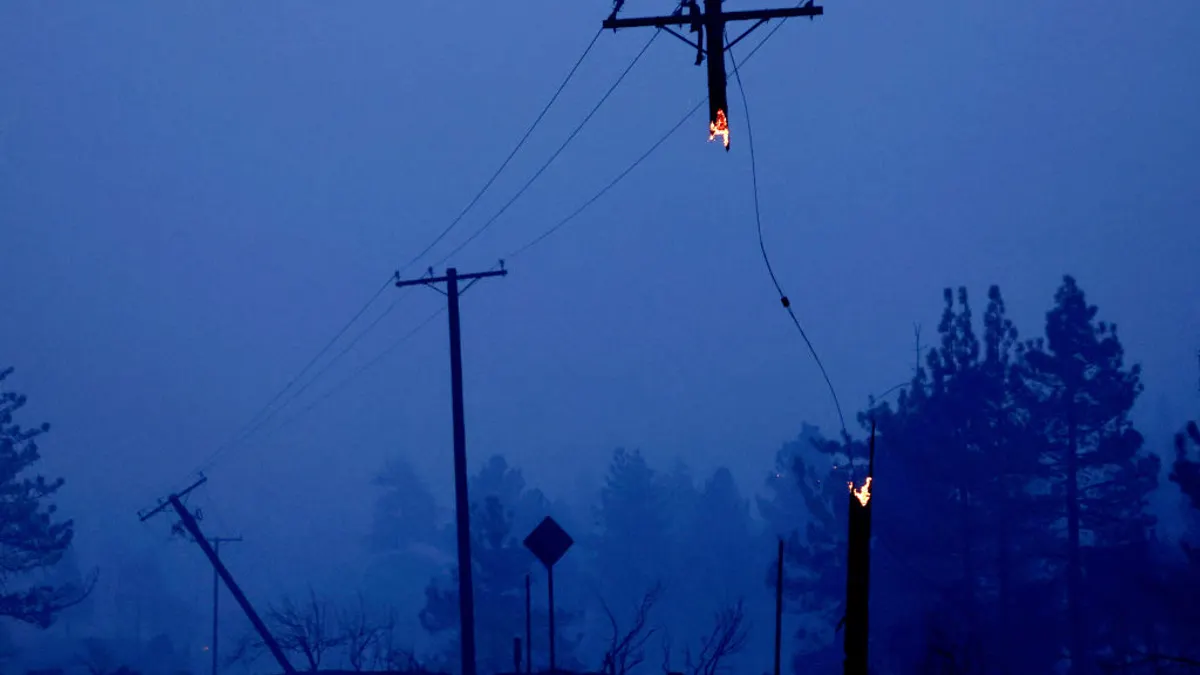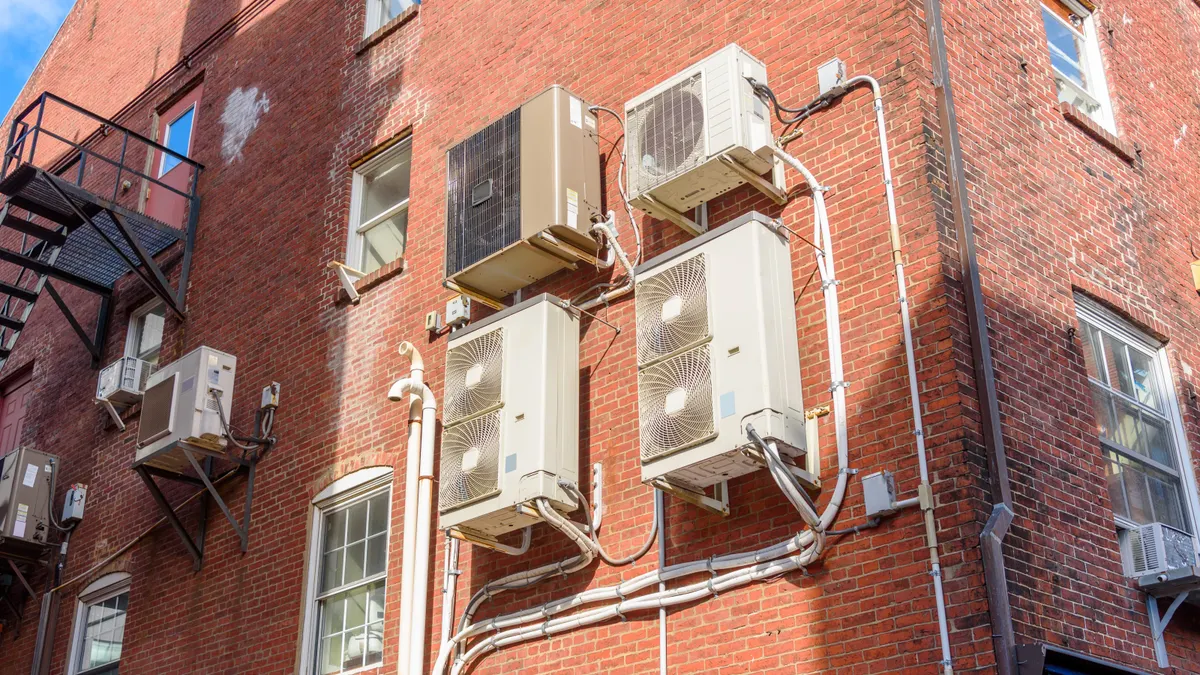by Kathy Larsen
Flexibility is the holy grail as the Environmental Protection Agency starts to write rules for cutting greenhouse gas emissions from existing power plants. The EPA wants it, the power industry wants it and states want it. But the road to flexibility is fraught with an unusual amount of legal risk.
Speakers at a Washington forum Wednesday were nearly unanimous in their assessment of that risk.
EPA plans
Obama administration officials have said the EPA wants to allow different kinds of electricity measures—energy efficiency, renewable energy deployment, redispatch of plants, co-firing plants with lower-carbon fuels, system-wide emissions averaging and maybe cross-state emission markets—to contribute to carbon reduction from existing plants. States and power companies badly want that kind of leeway.
The challenge is that the Clean Air Act section governing the kind of program the EPA is undertaking is exceptionally untested. It has been used seldom and it has not been tested in court. So when the agency undertakes using it to control carbon emissions from existing fossil fuel-fired power plants—coal plants, effectively—it is “something of a blank slate for us to write on,” said Joseph Goffman, senior counsel to the EPA’s assistant administrator for air programs.
He summed up the agency’s job over the coming months: “the prudent management of legal risk.” Goffman’s view was shared by state and industry representatives alike.
The Clean Air Act's "squirrelly" side
The law section in question, Section 111(d), “is a very squirrelly part of the Clean Air Act,” said Chuck Barlow, vice president of Entergy Services. It’s “very difficult to interpret, very ambiguous, very open-ended.” He observed that “you can just see the legal challenges floating in the air … if people want to make them.”
Speaking at an event sponsored by the Bipartisan Policy Center and the National Association of Regulatory Utility Commissioners, Goffman, Barlow and others tackled the upcoming proposal, which is a very different animal than the proposal EPA issued last week to regulate carbon emissions from new power plants.
The new-plant rules, written as plant-by-plant requirements, have met a gale of protest from many industry groups, who say the regulations, if finalized next year, would kill coal as a future power source.
The set of regulations the EPA is starting to write for existing plants, however, will have greater impact, at least in the near future. No new coal plants are on the horizon, largely for economic reasons, but hundreds of coal plants—thousands of individual units—are producing power all over the country.
What's ahead for states
The big difference in the rules for existing plants lies in the approach. For these plants, the EPA will write guidance to states, which will be responsible for devising plans that will win the agency’s approval. Each state will have its own issues, its own resources and challenges. Many will echo Ellen Anderson, senior adviser to Minnesota’s governor. She said Wednesday that her state, which has taken a number of carbon-reducing steps on its own, wants to see an EPA program that would be flexible enough to "build on our policies," keeping the economy strong while reducing emissions. The broader EPA can make it, the better, Anderson said, so that all kinds of verifiable measures can be credited. And Minnesota wants the program to "recognize the progress we have already made"—that is, to give credit for early carbon reductions.
NRG Energy's take
An independent generating company, NRG Energy has coal plants in a number of states. Senior Vice President Steve Corneli said he hoped the agency’s rules could avoid “massive litigation” that “paralyzes the industry and political discourse … for another decade.” He also hoped the rule would not avoid succeed in avoiding litigation but instead create a patchwork of regulatory regimes all over the country that would make it hard for multi-jurisdictional companies to operate.
What NRG would like to see, Corneli said, is a rule that is legally robust, good for the environment and the economy, that incentivizes state implementation plans which are “actually compatible with each other” and that encourage low-carbon sources and other measures like distributed resources.
States and industry are not alone in seeking flexibility. The Environmental Defense Fund, where the EPA’s Goffman worked for many years on market-based environmental programs, and the Natural Resources Defense Council hope for a program that permits a wide range of activity. NRDC has proposed such a program, and hopes to continue building on it with new modeling, said Climate and Clean Air Program Policy Director David Doniger.
"The Spider-Man rule"
Where NRDC may differ with other interests is in its conviction that such flexibility would justify more ambitious reduction targets than might otherwise be sought. Doniger cited “the Spider-Man rule: with great flexibility comes greater stringency.”
Despite agreement that everyone would like to avoid long, expensive legal challenges, there was also a good deal of sympathetic recognition that avoidance will be difficult. Bipartisan Policy Center President Jason Grumet said he expected there would be litigation “that will build some nice homes on the Eastern Shore.”
Would you like to see more utility and energy news like this in your inbox on a daily basis? Subscribe to our Utility Dive email newsletter! You may also want to read Utility Dive's look at everything you need to know about EPA's new power plant rules.





















